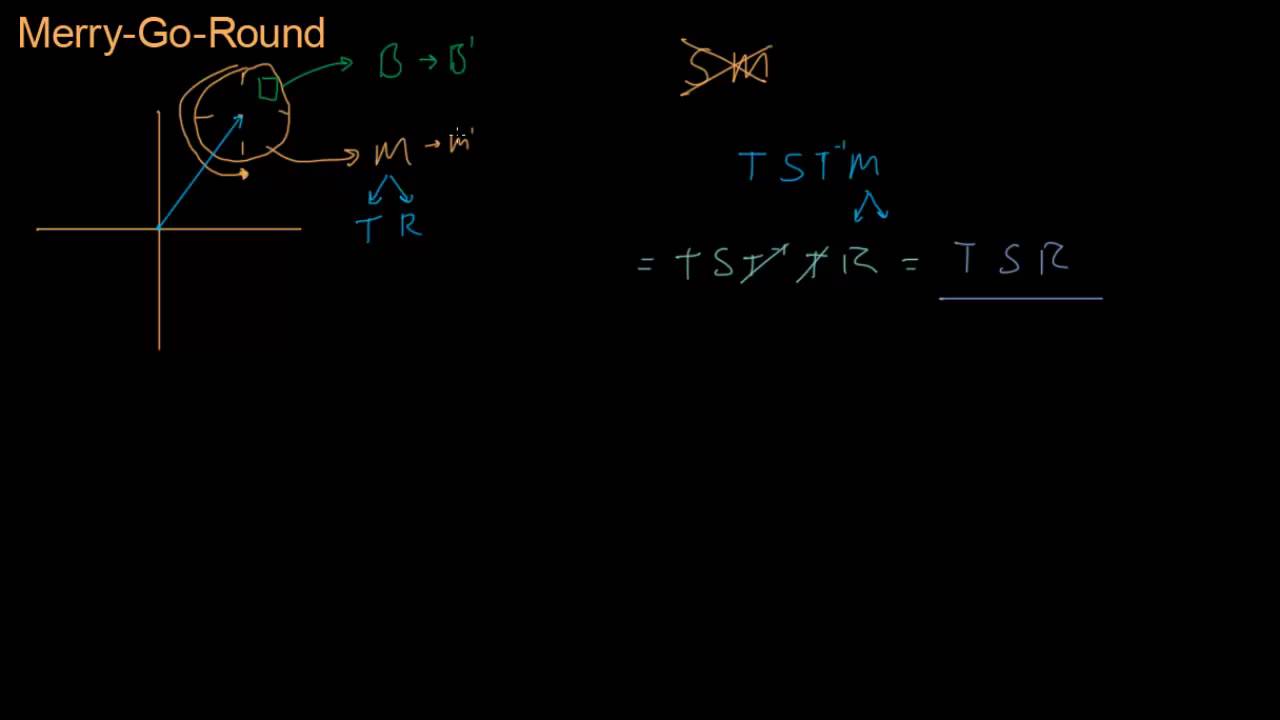Didn’t want to just hand out a solution until you had multiple input, but here is pretty much what I use.
A member of JumpButton Studios helped me understand this, I now use it for everything, I even wrote it in C# and C++ it was that damn useful.
You can use it if you wish, this is the basic version that just parents everything, written in Java :
import com.badlogic.gdx.math.Affine2;
import com.badlogic.gdx.math.Matrix4;
import com.badlogic.gdx.math.Quaternion;
import com.badlogic.gdx.math.Vector2;
import com.badlogic.gdx.math.Vector3;
/**
* Represents the data for the position, scale, angle and origin
*
* @author Stephen Gibson
*/
public class Transform {
public static Quaternion ZERO_ROTATION = new Quaternion();
public static Matrix4 ZERO_TRANSFORM = new Matrix4();
public static Vector3 VECTOR_ZERO = new Vector3();
public static Vector3 VECTOR_ONE = new Vector3(1, 1, 1);
// The transform that is parented to this transform, for relative position,
// scale and rotation
protected Transform parent;
public Vector3 position = new Vector3();
public Vector3 scale = new Vector3(1, 1, 1);
public Quaternion rotation = new Quaternion();
// Scale and rotation matrix
public Matrix4 model = new Matrix4();
public Matrix4 transform = new Matrix4();
/**
* Sets the parent of this transform, this transform won't be updated until the next step
* @param parent
*/
public void setParent(Transform parent){
this.parent = parent;
}
public Matrix4 getParentTransform(){
if(parent != null)
return parent.getTransform();
return ZERO_TRANSFORM;
}
public Quaternion getParentRotation(){
if(parent != null)
return parent.getRotation();
return ZERO_ROTATION;
}
public Vector3 getParentScale(){
if(parent != null)
return parent.getScale();
return VECTOR_ONE;
}
public Matrix4 getModelMatrix(){
model.idt();
model.scl(scale);
model.rotate(rotation);
return model;
}
public Matrix4 getTransform(){
transform.idt();
transform.mul(getParentTransform());
transform.translate(position);
transform.mul(getModelMatrix());
return transform;
}
/**
* Gets the position relative to the parent
* @return
*/
public Vector3 getPosition(){
return position.cpy().mul(getParentTransform());
}
/**
* Gets the absolute position
* @return
*/
public Vector3 getLocalPosition(){
return position;
}
/**
* Get the scale relative to the parent
* @return
*/
public Vector3 getScale(){
Vector3 scl = parent == null ? VECTOR_ONE : parent.getScale();
return scale.cpy().scl(scl.x, scl.y, scl.z);
}
/**
* Get the rotation relative to the parent
* @return
*/
public Quaternion getRotation(){
return rotation.cpy().mul(getParentRotation());
}
public void setPosition(Vector2 position){
this.position.set(position, 1 );
}
public void setScale(Vector2 scale){
this.scale.set(scale, 1);
}
public void setRotation(Quaternion rotation){
this.rotation = rotation;
}
public void setAngleAxis(float x, float y, float z, float degrees){
rotation.setFromAxis(x, y, z, degrees);
}
}
This version here, although not written in Java, allows you to choose what part of the transform to parent. Should be easy to duplicate LINK



 I’ve never actually looked into JSON’s either, only XML, HTML, CSS etc.
I’ve never actually looked into JSON’s either, only XML, HTML, CSS etc.
